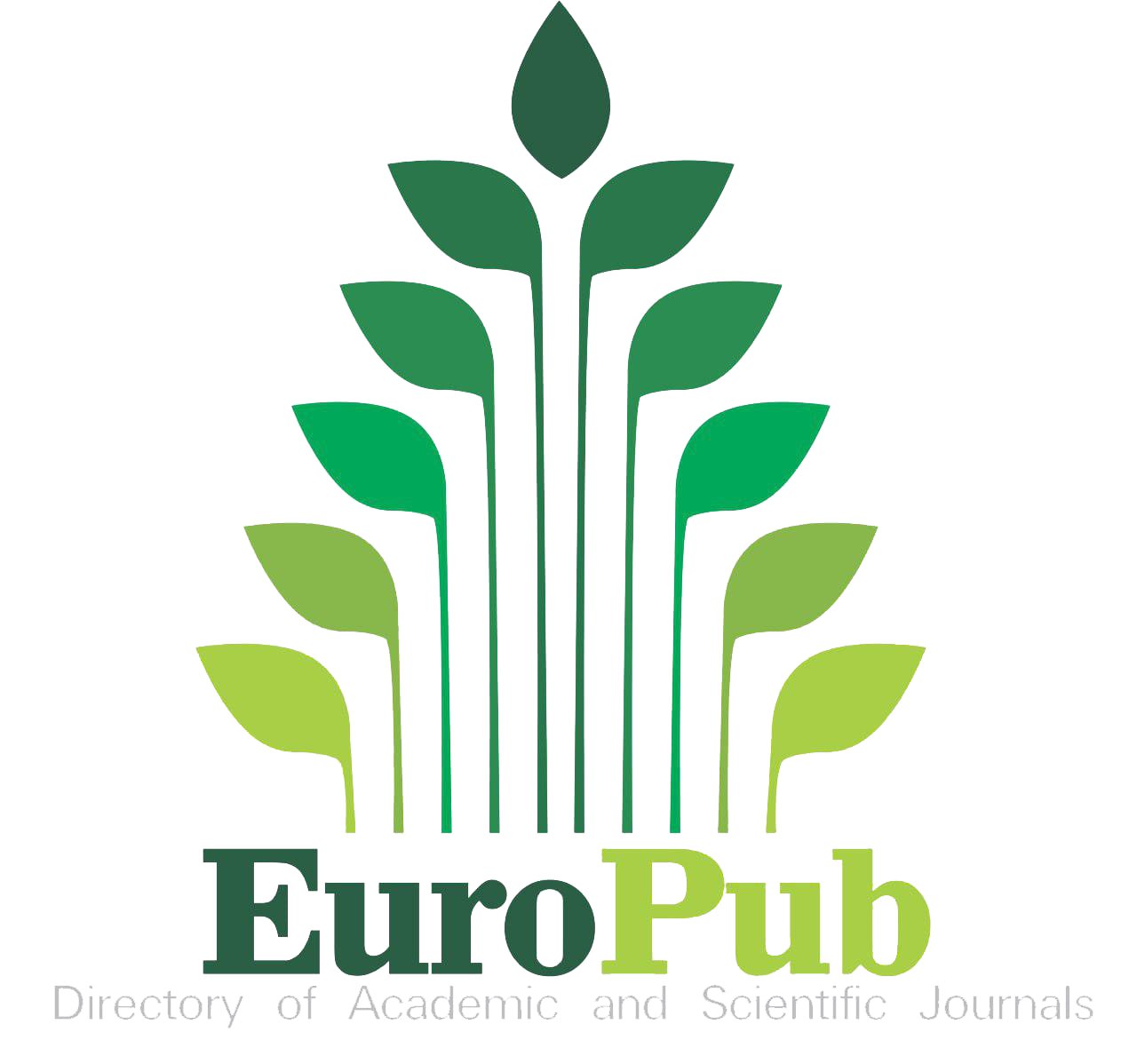Abstract
Breast cancer (BC) is a very varied disease, with several subtypes that exhibit different biological, molecular, and clinical characteristics. Standard information on tumor biology and clinicopathology can be identified by gene expression profile; have provided enhanced prognostic and predictive information. This study included 37 patients suffering from breast cancer and 15 healthy subjects. DNA has been extracted from all samples and then real-time PCR has been performed to analyze the genotyping of Rs1799853. The results showed higher frequency of CT genotype in the control subjects than the patients (73.3 and 43.2, respectively) and this difference was significant (0dd= 0.28, p-value= 0.038). The CC genotype showed a non-significant higher frequency in patients than in control (24.3 and 6.7, respectively. P-Value= 0.247). The TT genotype also showed higher frequency in patients than in control (32.4 and 20, respectively. P-Value= 0.506). In conclusion, the genotype CT of the SNP Rs1799853 for CYP2C9 gene may have a great defense role against the breast cancer.
Recommended Citation
Al-Lami, Mohammed R.; Al-Fartusie, Falah S.; and Zageer, Dheaa SH.
(2022)
"Association of Breast Cancer with Single Nucleotide Polymorphism of CYP2C9 Gene for Women Patients in Baghdad, Iraq,"
Al-Bahir: Vol. 1:
Iss.
2, Article 5.
Available at: https://doi.org/10.55810/2313-0083.1012
References
- Sonnenschein C, Soto AM. Carcinogenesis explained within the context of a theory of organisms. Prog Biophys Mol Biol 2016;122(1):70e6.
- Lei S, Zheng R, Zhang S, Wang S, Chen R, Sun K, et al. Global patterns of breast cancer incidence and mortality: a population-based cancer registry data analysis from 2000 to 2020. Cancer Commun 2021 Nov;41(11):1183e94. https://doi.org/10.1002/CAC2.12207.
- Feng Y, Spezia M, Huang S, Yuan C, Zeng Z, Zhang L, et al. Breast cancer development and progression: risk factors, cancer stem cells, signaling pathways, genomics, and molecular pathogenesis. Genes & Diseases 2018 Jun 1;5(2):77e106. https://doi.org/10.1016/J.GENDIS.2018.05.001.
- Baghban R, Roshangar L, Jahanban-Esfahlan R, Seidi K, Ebrahimi-Kalan A, Jaymand M, et al. Tumor microenvironment complexity and therapeutic implications at a glance. Cell Commun Signal 2020 Dec;18(1):1e9. https://doi.org/10.1186/S12964-020-0530-4. 2020 18:1.
- Maffini MV, Soto AM, Calabro JM, Ucci AA,Sonnenschein C. The stroma as a crucial target in rat mammary gland carcinogenesis. J Cell Sci Mar. 2004;117(8):1495e502. https://doi.org/10.1242/JCS.01000.
- Van Veen EM, Brentnall AR, Byers H, Harkness EF,Astley SM, Sampson S, et al. Use of single-nucleotide polymorphisms and mammographic density plus classic risk factors for breast cancer risk prediction. JAMA Oncol 2018 Apr 1;4(4):476e82. https://doi.org/10.1001/JAMAONCO OL.2017.4881.
- Nsaif GS, Al-Mualm M, jaber faisal A. The effect of e-cigarettes smoking on expression and methylation of CYP1A1 and CYP1B1 genes and other biochemical parameters. Mater Today: Proceedings Jul. 2021. https://doi.org/10.1016/J.MATPR.2021.07.403.
- Apostolou P, Fostira F. Hereditary breast cancer: the era of new susceptibility genes. BioMed Res Int 2013;2013.
- Guengerich FP. Cytochrome p450 and chemical toxicology. Chem Res Toxicol 2008;21(1):70e83.
- Chumsri S, Howes T, Bao T, Sabnis G, Brodie A. Aromatase, aromatase inhibitors, and breast cancer. J Steroid Biochem Mol Biol 2011;125(1e2):13e22.
- Hrycay EG, Bandiera SM. Involvement of cytochrome P450 in reactive oxygen species formation and cancer. Adv Pharmacol 2015;74:35e84.https://doi.org/10.1016/BS.APHA.2015.03.003.
- Tulsyan S, Agarwal G, Lal P, Mittal B. Significant role of CYP450 genetic variants in cyclophosphamide based breast cancer treatment outcomes: a multi-analytical strategy.Clinica chimica acta; international journal of clinical chemistry Jul. 2014;434:21e8.https://doi.org/10.1016/J.CCA.2014.04.009.
- T.M.-G.C.on G.S.for M.H.T.R.B.C.Risk.Polymorphisms in the BRCA1 and ABCB1 genes modulate menopausal hormone therapy associated breast cancer risk in postmenopausal women.Breast Cancer Res Treat 2010;120(3):727e36.https://doi.org/10.1007/s10549-009-0489-8.
















Indexed in: